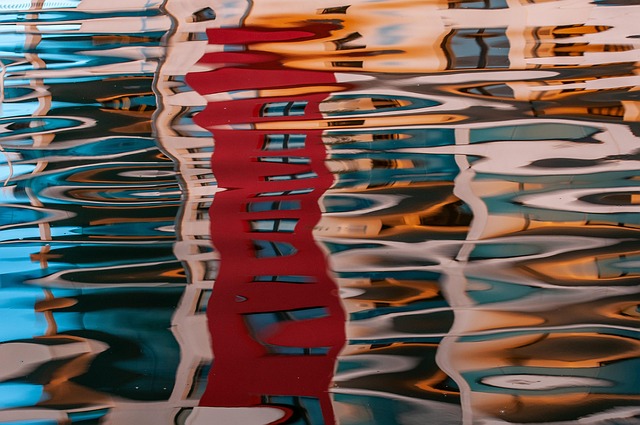In an era where visual storytelling has transformed the way we perceive and engage with the world around us, the concept of distortion in imaging technology cannot be overlooked. The term distortion” often evokes a sense of unease; it suggests a departure from the intended vision, an alteration that can skew our understanding of reality. With the rise of advanced display technology, particularly in TV screens and gaming monitors, the way we visualize images has undergone significant changes, yet it also raises questions about the fidelity of our visual experiences.
TV manufacturers have poured significant resources into developing technic innovations aimed at enhancing our viewing experiences. This includes methods such as high dynamic range (HDR), quantum dot technology, and 4K resolution, all designed to engage the viewer deeply. However, the very innovations that promise to improve our visual experience can also introduce various reasons for distortion. Whether it’s the blooming effect caused by local dimming or the oversaturation of colors due to aggressive processing techniques, these factors can interfere with the authenticity of what we see on screen.
Modern monitors are infinitely more advanced than their predecessors, boasting features that can make visuals appear stunningly lifelike. Yet, as we revel in the sharpness and vibrancy of images, we must consider the potential compromises. For instance, the use of algorithms to sharpen edges can lead to a phenomenon known as “haloing,” where unrealistic outlines detract from the natural appearance. This distortion can cause viewers to feel disoriented, as the visuals no longer align with our expectations of reality.
Furthermore, the way content is visualized across different mediums can vary significantly. What appears beautifully rendered on a high-end TV may suffer when projected onto a modest monitor. This inconsistency can be particularly problematic in fields like digital art or professional photography, where visual precision is paramount. Artists and creators may find their intentions diluted when viewed on screens that distort their work due to inferior display technologies or miscalibrated settings.
As we navigate through this ever-evolving landscape of display technology, we are constantly confronted with the challenge of identifying what is genuinely immersive and what is merely a façade, cloaked in the allure of high definition. Each changing technic beckons us to embrace the next wave of innovation, yet we must exercise caution. Our experiences can be enhanced, but they can just as easily be distorted by the very technologies we embrace.
To combat these distortion effects, investment in quality monitors coupled with an understanding of the technologies behind them is vital. When selecting equipment for both personal and professional use, it’s essential to consider not just the specifications but also how those specifications might interact with the distortion that can arise from the technic employed. In doing so, we can strive for authenticity in our viewing experiences, navigating the intricate balance between technological advancement and true-to-life visualization.



